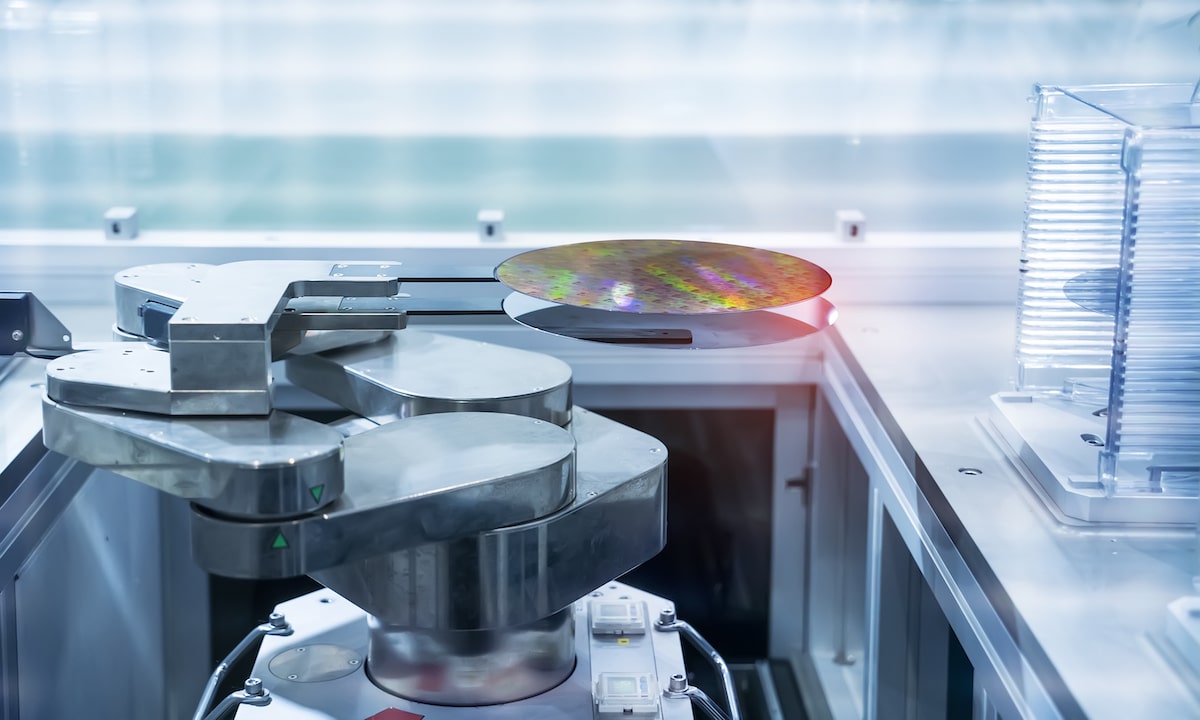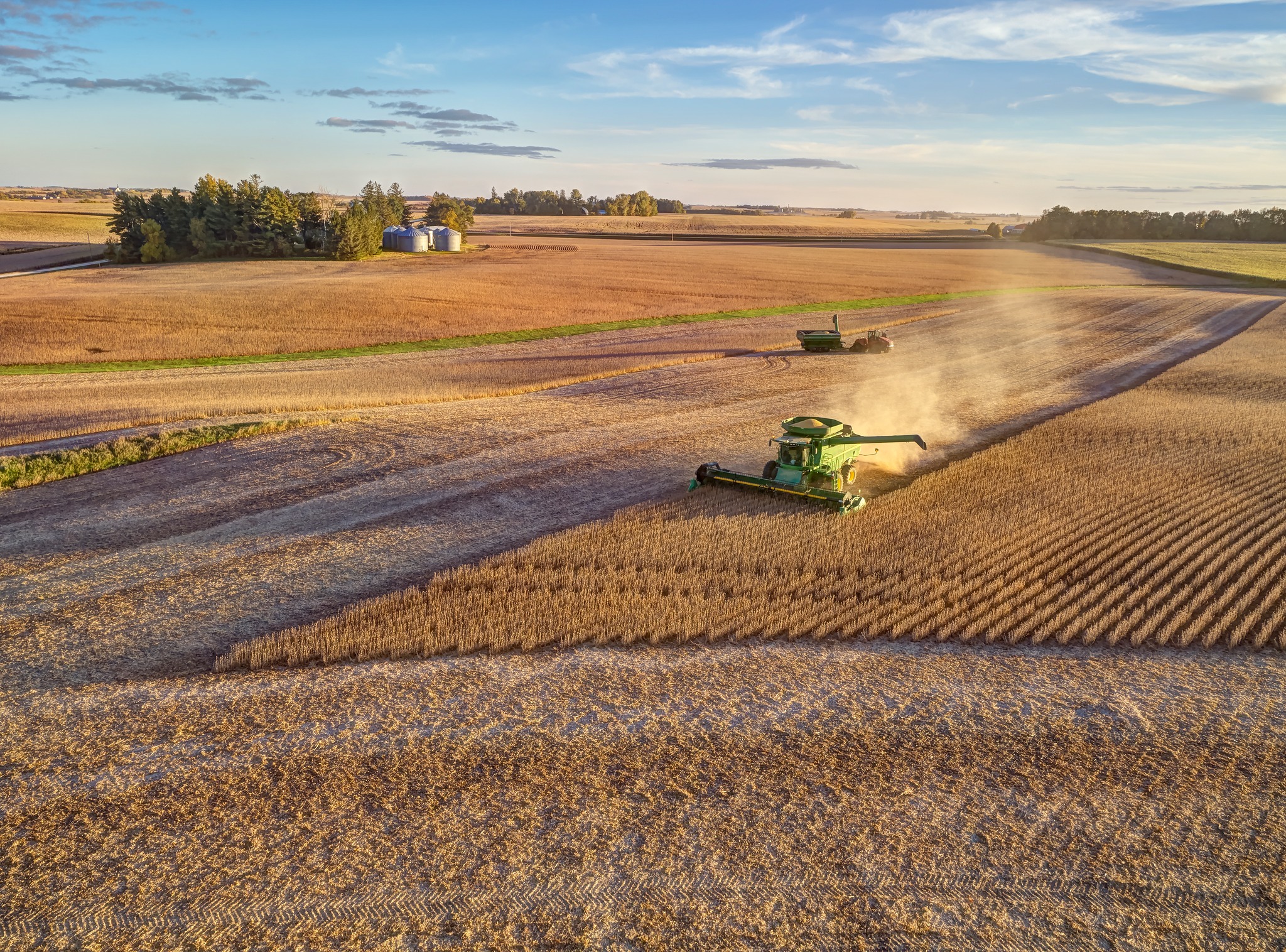As harvest approached, Keith Schrader, a second-year SYS participant from Nerstrand, Minnesota, was looking forward to seeing the results of his AMS field trial. He considers AMS one component of his longer-term soil fertility program. In creating that program, Schrader relies on soil testing and works with agronomist Van Larson to plan for nutrient applications in every field to ensure he’s meeting his crops’ nutritional needs.
“Every winter, Van and I start with the soil tests and come up with a four-year plan according to what we feel the crop uptake is going to be, hopefully building nutrient levels where they’re needed and maintaining them where they’re already sufficient,” said Schrader. “We’re just starting to dabble with sulfur on the soybeans, but it’s all pre-planned and we have our recommendations all set. We know exactly what is going to be applied even in the fall before each growing season.”
AMS provides readily-available sulfur
Knowing the importance of sulfur to the early development of and nutrient uptake in a soybean crop, Schrader plans for an AMS application at postemergence to ensure the sulfur is readily available to support the crop in leaf, stem and petiole development and to carry it through flower and pod development into grain fill.
“We’re always looking for the next holy grail, and adding sulfur is just one of the little things you can do,” said Schrader. “From the research I’ve seen so far, AMS seems to be the source of sulfur with the faster return for soybeans. The protocol for our trial is to put it on at post-emergence at the R2 stage, so a little bit before the plant starts to bloom.”
In 2021, Schrader saw a small yield increase in the acres treated with AMS at R2 compared to his untreated fields. However, as Schrader was heading into this year’s harvest, he was unsure if the AMS-treated fields would result in positive yield gains again this year due to a lack of rainfall at key points during the growing season.
“Last year, we could just barely physically see a little bit of how the AMS-treated beans were just a little more robust and we did gain some yield,” said Schrader. “I’m thinking the little extra soil health probably helped increase the size of the soybean seed. This year, I’m a little worried just because we weren’t getting enough rain on the field, but I’m hoping we’ll still see some yield advancements.”
AMS holds potential to improve soybean quality
In addition to yield, Schrader also cares about the quality of the food-grade soybeans he produces. An AMS application may help improve not only his soybean yield but also crop quality by enhancing the amino acid content.
“One of the things Keith and I look at is the amino acid content of the soybeans. And knowing that some of the amino acids are formed with sulfur, we thought that supplemental sulfur through an AMS application might be of benefit also,” said Larson. “We’re not just growing a commodity to export around the world or even to use domestically. If we can have a higher concentration of the amino acids in those soybeans that get processed, we should be in a better position for quality. It may be incremental improvements, but those things can be better off for the end user around the world.”
Research across the U.S. suggests that AMS may help enhance the quality of soybeans. In fact, two studies conducted by researchers at Kansas State University and North Carolina State University indicate that although gains were highly variable, applying a source of sulfur like AMS may increase amino acid and protein levels in soybeans. As a progressive grower who is aware of this promising research, Schrader is currently testing his soybeans to see if AMS improves crop quality.
“We are running some protein samples to see if the AMS is going to enhance the protein level a little bit,” said Schrader. “If we can enhance some of the amino acid and protein levels through AMS, then that’s a bonus. But the research is still ongoing.”













